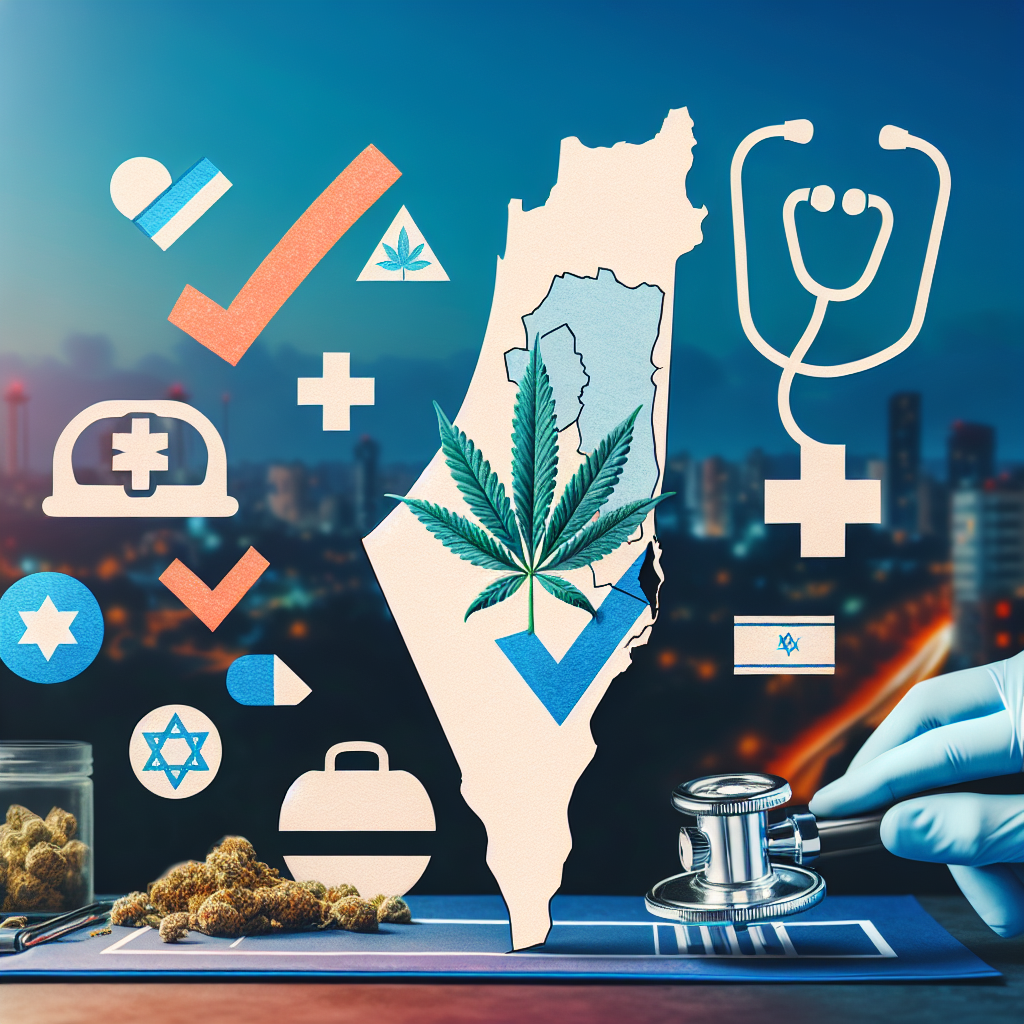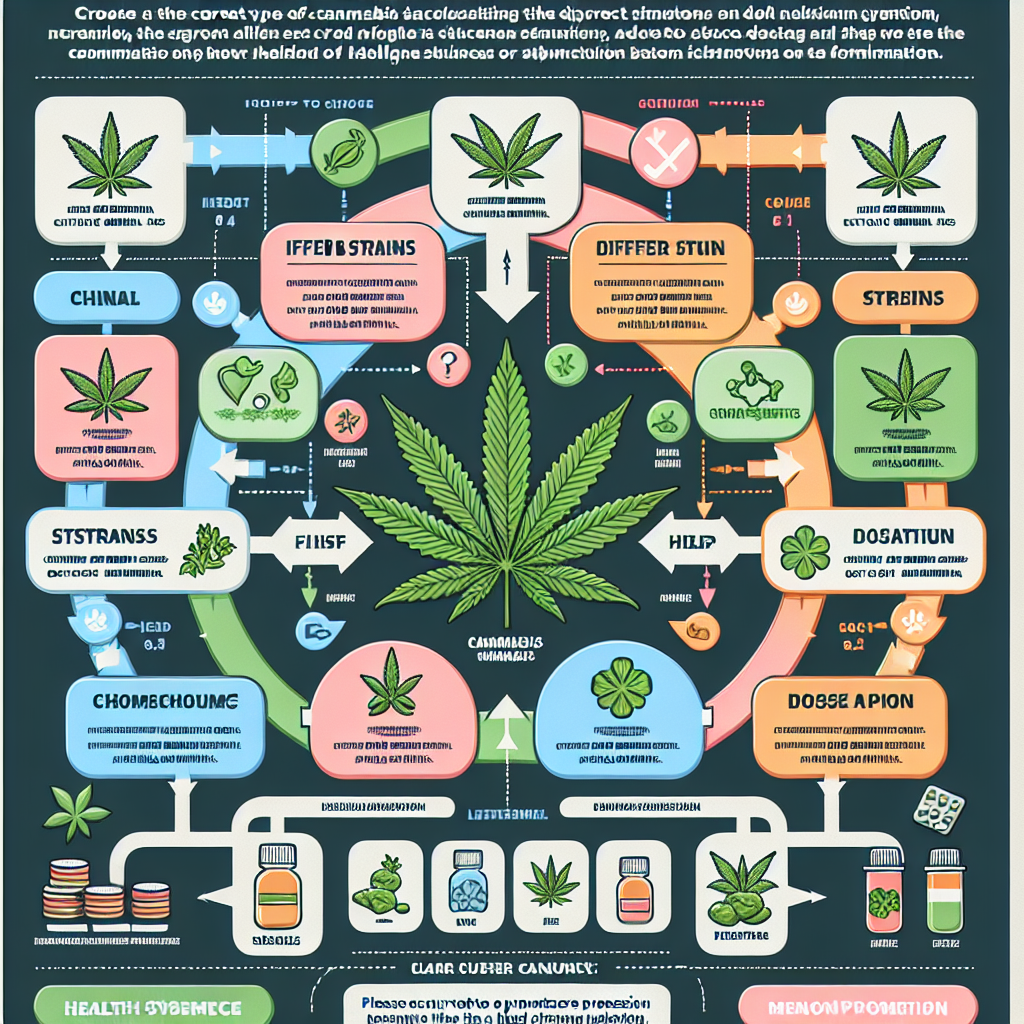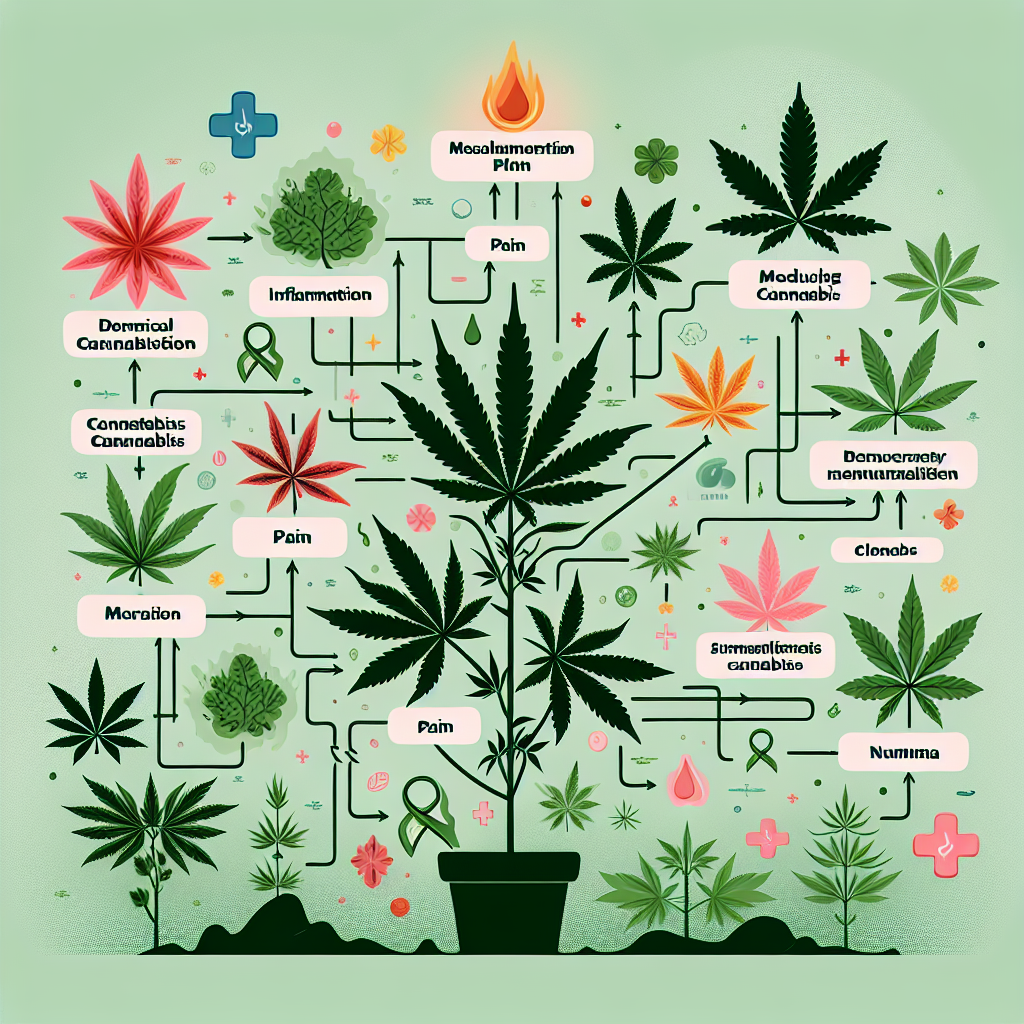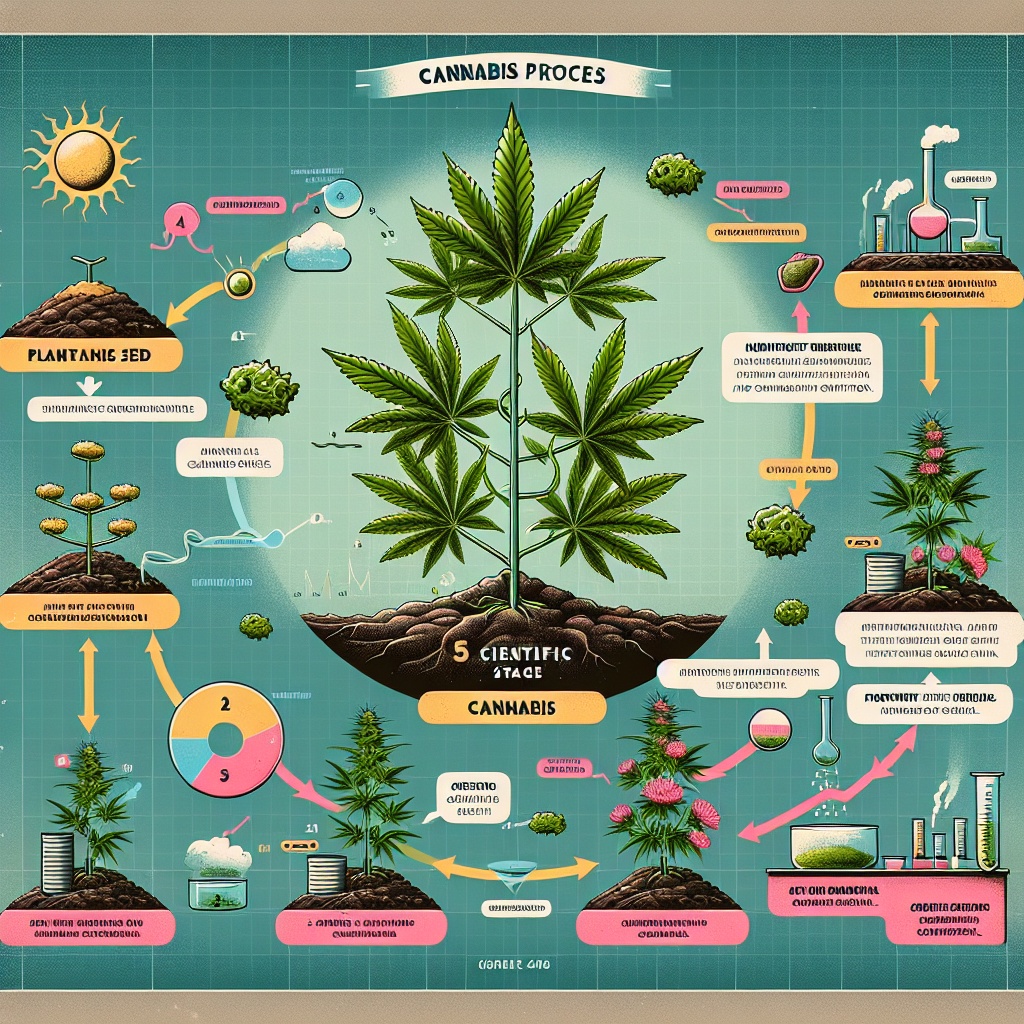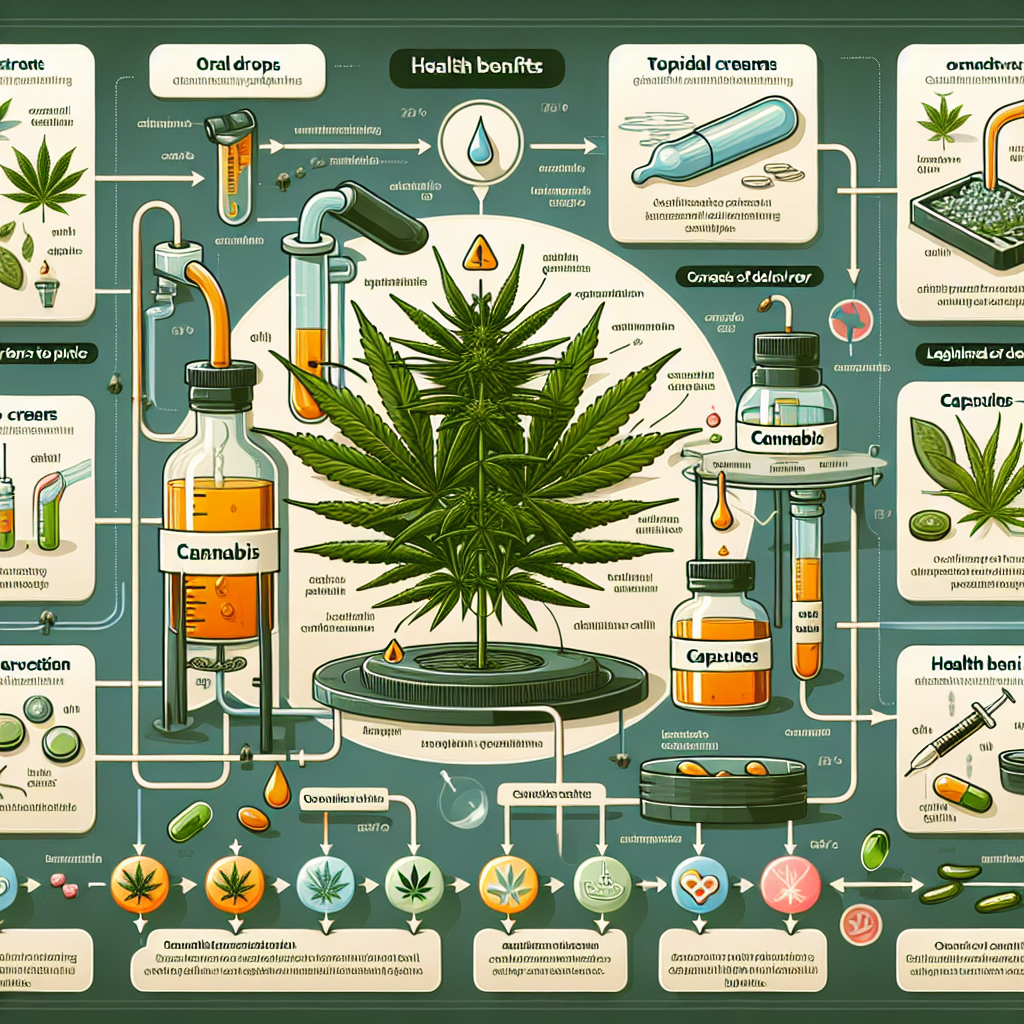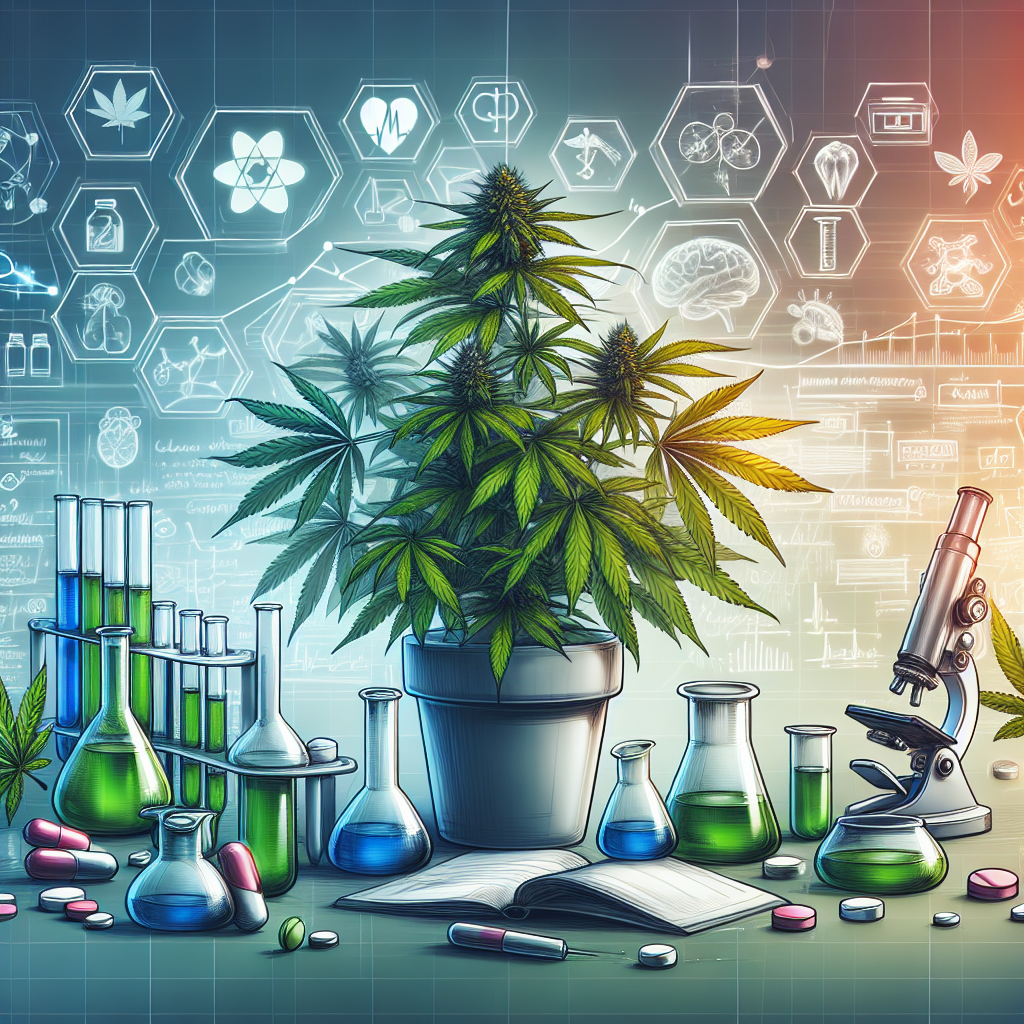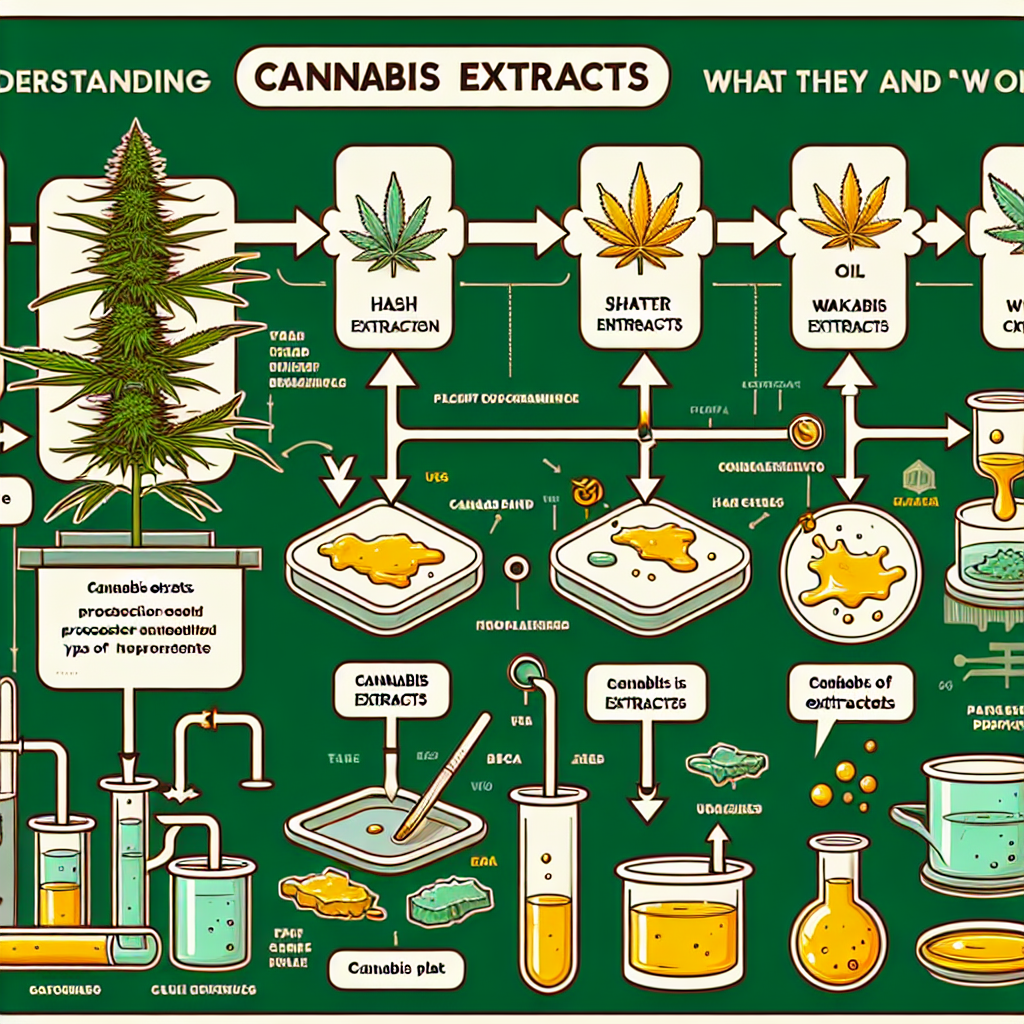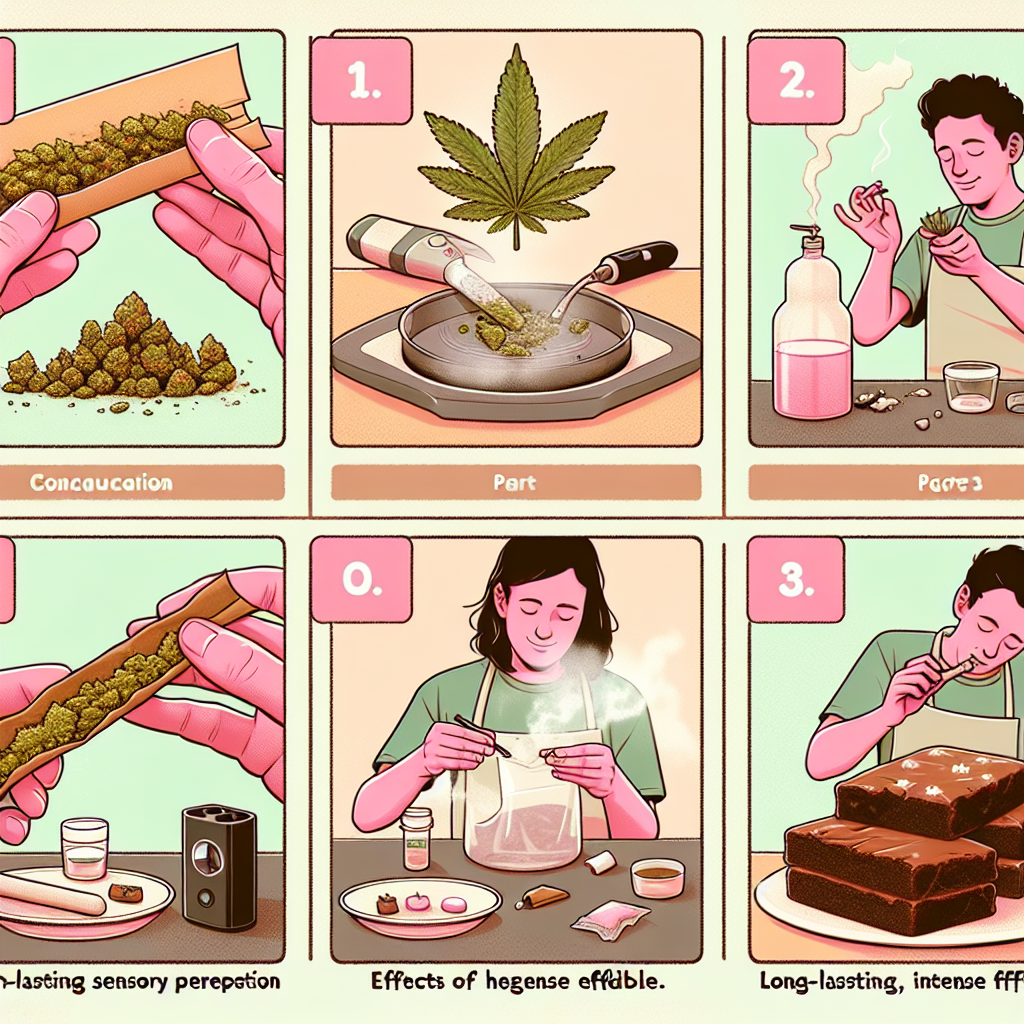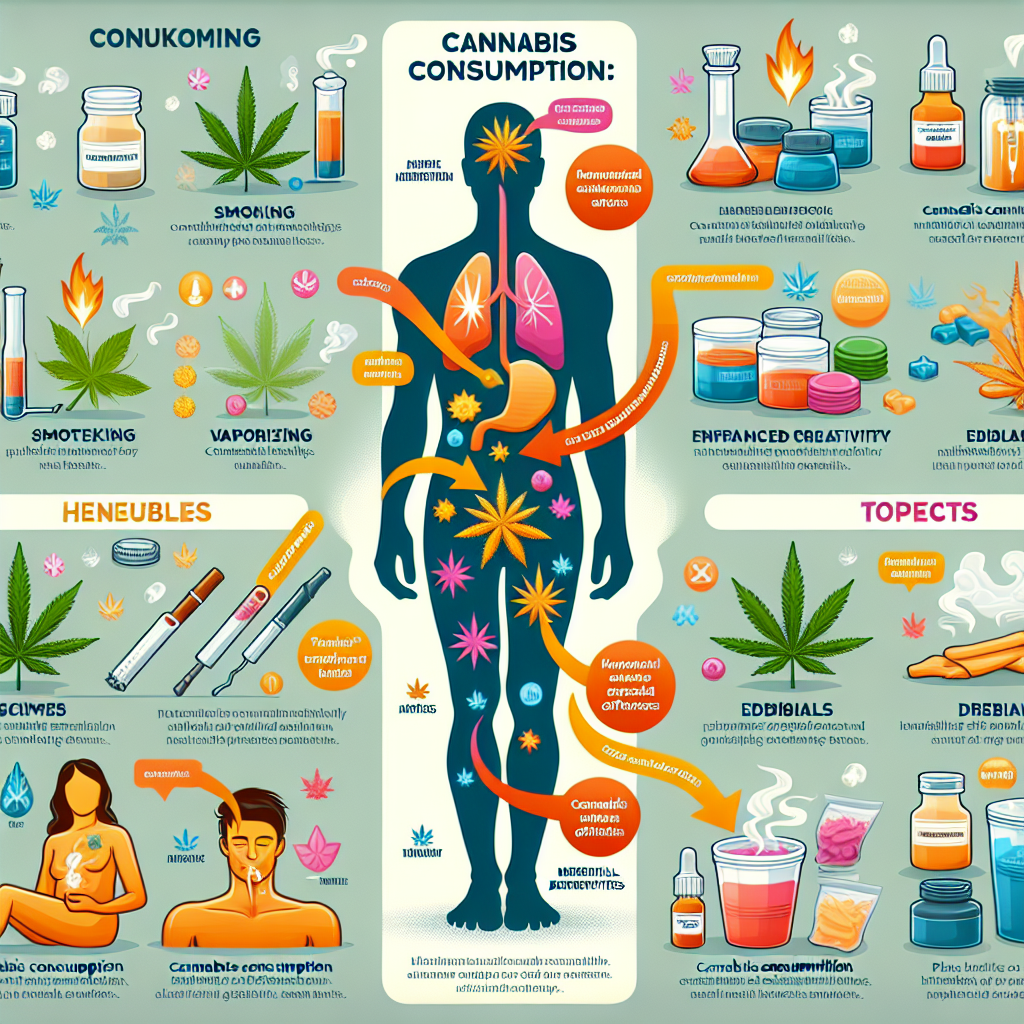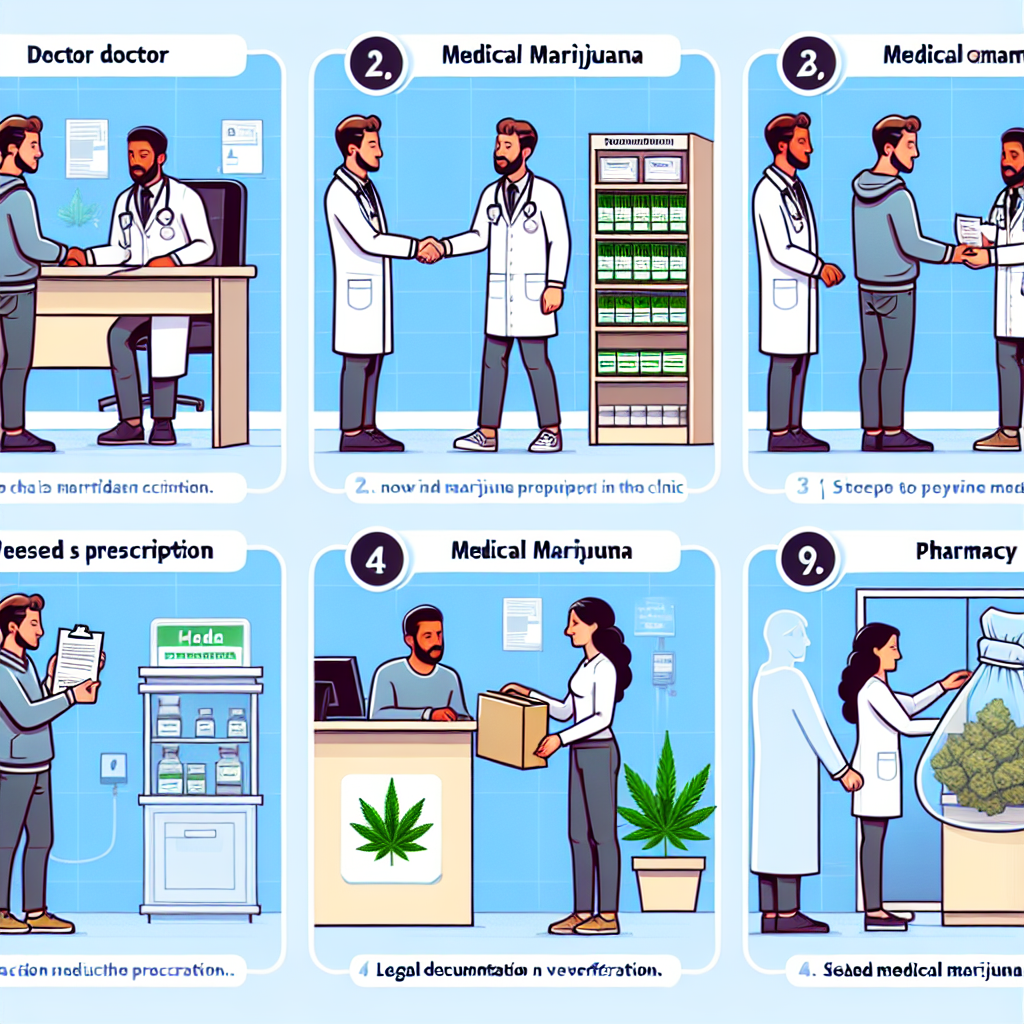The legal status of medical cannabis use in Israel is characterized by a progressive and regulated framework that has positioned the country as a global leader in the field. Since the early 1990s, Israel has recognized the therapeutic potential of cannabis, leading to the establishment of a medical cannabis program that allows patients with specific medical conditions to access cannabis for treatment. The Israeli Ministry of Health oversees the program, ensuring that cannabis is prescribed by authorized physicians and distributed through licensed dispensaries. Research and development in medical cannabis are also highly encouraged, supported by a robust regulatory environment that facilitates clinical trials and scientific studies. This comprehensive approach not only provides patients with access to medical cannabis but also fosters innovation and advances in cannabis-based therapies.
Historical Evolution Of Medical Cannabis Legislation In Israel
The journey of medical cannabis legislation in Israel is a fascinating tale of scientific curiosity, legal evolution, and societal change. It all began in the early 1990s when the Israeli government started to recognize the potential therapeutic benefits of cannabis. This initial interest was largely driven by the pioneering work of Professor Raphael Mechoulam, an Israeli chemist who is often referred to as the “father of cannabis research.” His groundbreaking studies on the chemical compounds in cannabis, particularly THC and CBD, laid the foundation for the medical community to explore its potential benefits.
As the scientific evidence began to mount, the Israeli Ministry of Health took a progressive stance. In 1992, Israel became one of the first countries in the world to establish a medical cannabis program. This early initiative allowed patients with specific medical conditions, such as cancer and chronic pain, to access cannabis for therapeutic purposes. The program was initially small and tightly regulated, but it marked a significant shift in the legal landscape.
Over the years, the program expanded, reflecting a growing acceptance of medical cannabis within both the medical community and the general public. By the early 2000s, the list of qualifying conditions had broadened to include multiple sclerosis, epilepsy, and post-traumatic stress disorder (PTSD), among others. This expansion was accompanied by an increase in the number of licensed growers and suppliers, ensuring that patients had access to high-quality, standardized products.
The legal framework continued to evolve, and in 2013, the Israeli government took a major step forward by establishing the Medical Cannabis Unit within the Ministry of Health. This unit was tasked with overseeing all aspects of the medical cannabis program, from licensing and regulation to research and education. The creation of this dedicated unit underscored the government’s commitment to integrating medical cannabis into mainstream healthcare.
In 2016, Israel further solidified its position as a global leader in medical cannabis by passing new regulations aimed at improving patient access and ensuring product quality. These regulations included provisions for the training of healthcare professionals, the establishment of a national database for tracking patient outcomes, and the implementation of stringent quality control measures for cannabis cultivation and production. This comprehensive approach not only enhanced patient safety but also fostered a robust and transparent medical cannabis industry.
The most recent milestone in Israel’s medical cannabis journey came in 2019 when the government approved the export of medical cannabis products. This decision opened up new opportunities for Israeli companies to share their expertise and high-quality products with the world. It also highlighted Israel’s role as a global hub for medical cannabis research and innovation.
Throughout this historical evolution, one of the key factors driving the success of Israel’s medical cannabis program has been its strong emphasis on scientific research. Israeli researchers have conducted numerous clinical trials and studies, contributing valuable data to the global understanding of cannabis as a medicine. This research-driven approach has not only informed policy decisions but also helped to destigmatize medical cannabis use.
In conclusion, the legal status of medical cannabis use in Israel has undergone significant changes over the past few decades. From its early days as a small, experimental program to its current status as a model for other countries, Israel’s journey reflects a thoughtful and evidence-based approach to integrating medical cannabis into healthcare. As the global landscape continues to evolve, Israel’s experience offers valuable lessons for policymakers, healthcare providers, and patients around the world.
Current Legal Framework For Medical Cannabis Use In Israel

The legal status of medical cannabis use in Israel has evolved significantly over the past few decades, reflecting a growing recognition of its therapeutic potential. Israel is often considered a pioneer in the field of medical cannabis research and regulation, and its current legal framework is a testament to this progressive stance. To understand the current legal framework for medical cannabis use in Israel, it is essential to explore the historical context, regulatory mechanisms, and the practical implications for patients and healthcare providers.
Historically, cannabis was illegal in Israel, as it was in many other countries. However, the tide began to turn in the early 1990s when researchers and medical professionals started to advocate for its medicinal benefits. This advocacy led to the establishment of the Medical Cannabis Unit within the Ministry of Health in 1999, which marked the beginning of a more structured approach to medical cannabis regulation. Over the years, the legal framework has been refined to ensure that patients who can benefit from medical cannabis have access to it while maintaining strict controls to prevent misuse.
Currently, the use of medical cannabis in Israel is regulated by the Medical Cannabis Unit, which operates under the Ministry of Health. Patients who wish to use medical cannabis must obtain a license from the Ministry, which is granted based on specific medical conditions and criteria. These conditions include chronic pain, cancer, multiple sclerosis, Crohn’s disease, and other severe illnesses that have not responded to conventional treatments. The licensing process involves a thorough evaluation by a specialist physician who must provide a detailed medical report supporting the patient’s need for cannabis treatment.
Once a license is granted, patients can obtain medical cannabis from authorized dispensaries, which are regulated to ensure the quality and safety of the products. The dispensaries offer a variety of cannabis strains and products, including oils, capsules, and dried flowers, allowing patients to choose the form that best suits their needs. Additionally, the Ministry of Health has implemented a patient registry system to monitor the use of medical cannabis and ensure compliance with regulations.
The legal framework also includes provisions for research and development, recognizing the importance of scientific studies in advancing medical cannabis knowledge. Israel is home to some of the world’s leading cannabis researchers, and the government actively supports clinical trials and studies to explore new therapeutic applications and improve existing treatments. This commitment to research has positioned Israel as a global leader in medical cannabis innovation.
Despite the robust legal framework, there are ongoing challenges and debates surrounding medical cannabis use in Israel. One of the primary concerns is the accessibility and affordability of medical cannabis for patients. While the government has taken steps to regulate prices and ensure a steady supply, some patients still face difficulties in obtaining their medication. Additionally, there is a need for continued education and training for healthcare providers to ensure they are well-equipped to prescribe and manage medical cannabis treatments effectively.
In conclusion, the current legal framework for medical cannabis use in Israel reflects a balanced approach that prioritizes patient access and safety while fostering research and innovation. As the field of medical cannabis continues to evolve, it is likely that Israel will remain at the forefront, setting an example for other countries to follow. The ongoing efforts to refine regulations, support research, and address challenges will be crucial in ensuring that patients can benefit from the therapeutic potential of medical cannabis.
Challenges And Controversies Surrounding Medical Cannabis Regulation In Israel
The legal status of medical cannabis use in Israel has been a topic of significant interest and debate over the past few decades. As one of the pioneering countries in cannabis research, Israel has made substantial strides in understanding the therapeutic benefits of cannabis. However, the journey towards a comprehensive and effective regulatory framework has been fraught with challenges and controversies.
One of the primary challenges in regulating medical cannabis in Israel is the balancing act between ensuring patient access and preventing misuse. On one hand, there is a growing body of evidence supporting the efficacy of cannabis in treating various medical conditions, such as chronic pain, epilepsy, and multiple sclerosis. This has led to an increasing number of patients seeking cannabis as a treatment option. On the other hand, there are concerns about the potential for abuse and the need to maintain strict control over its distribution.
The Israeli government has taken steps to address these concerns by implementing a tightly regulated system for medical cannabis. Patients must obtain a prescription from a licensed physician and receive approval from the Ministry of Health. Additionally, the cultivation, production, and distribution of medical cannabis are subject to stringent regulations to ensure quality and safety. Despite these measures, there have been ongoing issues related to supply and demand. Patients often report difficulties in accessing their prescribed cannabis due to shortages and high costs. This has led to calls for reforms to streamline the approval process and increase the availability of medical cannabis.
Another significant controversy surrounding medical cannabis regulation in Israel is the role of pharmaceutical companies and the potential for commercialization. While some argue that the involvement of pharmaceutical companies can lead to the development of standardized and high-quality cannabis-based medications, others fear that it may result in the monopolization of the market and limit patient access. This debate has been further complicated by the global trend towards the legalization of recreational cannabis, which has raised questions about the potential impact on medical cannabis regulation.
Moreover, the legal status of medical cannabis in Israel is also influenced by international conventions and treaties. As a signatory to the United Nations Single Convention on Narcotic Drugs, Israel is obligated to adhere to certain restrictions on the production and distribution of cannabis. This has created additional layers of complexity in developing a regulatory framework that meets both domestic needs and international obligations.
Public perception and societal attitudes towards cannabis use also play a crucial role in shaping the regulatory landscape. While there is growing acceptance of medical cannabis, there remains a stigma associated with its use, particularly among older generations and more conservative segments of society. This has led to a cautious approach by policymakers, who must navigate the delicate balance between advancing medical research and addressing public concerns.
In conclusion, the regulation of medical cannabis in Israel is a multifaceted issue that involves a delicate interplay of patient needs, public health concerns, commercial interests, and international obligations. While significant progress has been made, ongoing challenges and controversies highlight the need for continued dialogue and collaboration among stakeholders. By addressing these issues, Israel can continue to lead the way in medical cannabis research and ensure that patients have access to safe and effective treatments.
Future Prospects For Medical Cannabis Policy In Israel
The legal status of medical cannabis use in Israel has evolved significantly over the past few decades, reflecting a broader global trend towards the acceptance and integration of cannabis into medical practice. As we look to the future, the prospects for medical cannabis policy in Israel appear promising, driven by ongoing research, public support, and a progressive regulatory environment.
Israel has long been at the forefront of medical cannabis research, with scientists like Dr. Raphael Mechoulam pioneering studies on the therapeutic potential of cannabinoids since the 1960s. This strong foundation in research has positioned Israel as a global leader in the field, fostering an environment where medical cannabis is not only accepted but also actively promoted for its potential health benefits. Consequently, the Israeli government has implemented policies that facilitate access to medical cannabis for patients with a variety of conditions, including chronic pain, cancer, epilepsy, and PTSD.
Looking ahead, one of the key factors that will shape the future of medical cannabis policy in Israel is the continued advancement of scientific research. As researchers uncover more about the therapeutic properties of cannabis, it is likely that the list of approved medical conditions for cannabis treatment will expand. This could lead to broader access for patients and a more comprehensive understanding of how cannabis can be integrated into conventional medical treatments. Moreover, the development of new cannabis-based pharmaceuticals and delivery methods, such as oils, tinctures, and inhalers, will likely enhance the efficacy and safety of medical cannabis use.
In addition to scientific advancements, public opinion plays a crucial role in shaping policy. In Israel, there is a growing acceptance of medical cannabis, driven by positive patient outcomes and increased awareness of its benefits. This shift in public perception is likely to influence policymakers to adopt more progressive regulations, making it easier for patients to obtain medical cannabis and for researchers to conduct studies. Furthermore, as more countries around the world legalize medical cannabis, Israel may feel increased pressure to align its policies with international standards, potentially leading to more liberal regulations.
Another important aspect to consider is the economic potential of the medical cannabis industry. Israel’s robust agricultural sector and expertise in high-tech innovation provide a unique opportunity for the country to become a major player in the global cannabis market. By investing in cannabis cultivation, processing, and export, Israel could generate significant economic benefits, including job creation and increased tax revenues. This economic incentive may encourage the government to continue supporting the growth of the medical cannabis industry through favorable policies and investment in research and development.
However, it is essential to address potential challenges that could impact the future of medical cannabis policy in Israel. Regulatory hurdles, such as stringent approval processes and bureaucratic delays, could hinder patient access and stifle industry growth. Additionally, there is a need for comprehensive education and training for healthcare professionals to ensure they are well-equipped to prescribe and manage medical cannabis treatments effectively. Addressing these challenges will require a collaborative effort between the government, medical community, and industry stakeholders.
In conclusion, the future prospects for medical cannabis policy in Israel are bright, driven by ongoing research, public support, and economic potential. As the country continues to lead in the field of medical cannabis, it is likely that policies will evolve to further integrate cannabis into medical practice, improve patient access, and support industry growth. By addressing potential challenges and fostering a collaborative approach, Israel can continue to set an example for the rest of the world in the realm of medical cannabis.
Q&A
1. **Is medical cannabis legal in Israel?**
Yes, medical cannabis is legal in Israel.
2. **Which government body regulates medical cannabis in Israel?**
The Israeli Ministry of Health, specifically through its Medical Cannabis Unit (Yakar), regulates medical cannabis.
3. **What conditions qualify for medical cannabis use in Israel?**
Conditions such as chronic pain, cancer, Crohn’s disease, PTSD, and multiple sclerosis, among others, may qualify for medical cannabis use in Israel.
4. **Can patients grow their own medical cannabis in Israel?**
No, patients are not allowed to grow their own medical cannabis; it must be obtained through licensed suppliers.
Conclusion
The legal status of medical cannabis use in Israel is that it is permitted under specific regulations. The Israeli Ministry of Health oversees the medical cannabis program, which allows patients with certain medical conditions to obtain cannabis for therapeutic purposes. Patients must receive approval from a licensed physician and obtain a permit from the Ministry of Health. The program is tightly regulated to ensure the safe and controlled use of medical cannabis.

